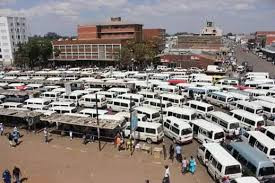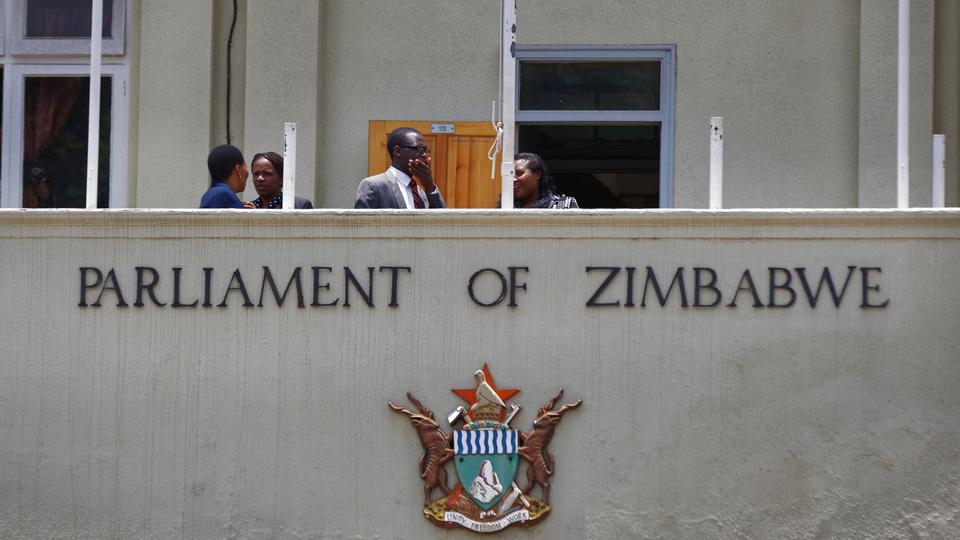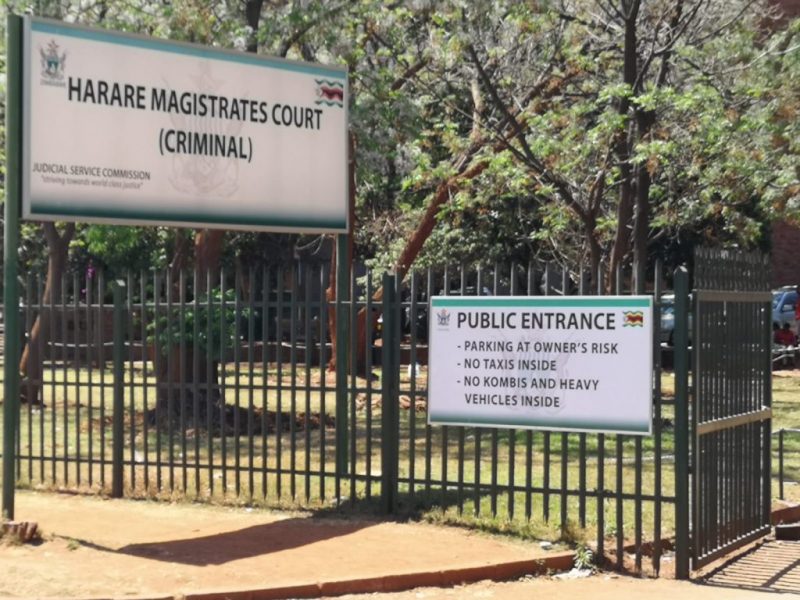
By Melody Chikono POWER utility Zesa Holdings has lost close to US$500 million through vandalisation of transformers in the past five years as power supplies remain constrained, a minister has said.
Energy deputy minister Magna Mudyiwa told delegates at the Global Renaissance Investments (GRI) Zimbabwe Infrastructure Investment Summit held in Victoria Falls last week that the major challenge affecting power supply in the country was vandalism.
Mudyiwa said the entity had in the past five years lost 1 282 transformers worth US$495 million.
In 2021, Zesa lost 288 transformers against a total production of 281 transformers during the same year.
As the country continues to face frequent power outages, Mudyiwa said vandalism had become an act of sabotage.
“The power utility is going through a number of challenges, including obsolete equipment which needs rehabilitation. Once that is done, we will be able to increase our generation of electricity from that end,” she said.
“The other major challenge that we are going through is vandalism of our transformers, cables, copper and aluminium. They have since moved up from levels of vandalism to sabotage.
“From January 2017 to March 2022, Zesa lost a total of 1 282 transformers with an economic value amounting to US$495,3 million, which is almost 10 times the replacement value. You can see how vandalism is slowing down our efforts in the provision of the much-needed electricity.”
- Chamisa under fire over US$120K donation
- Mavhunga puts DeMbare into Chibuku quarterfinals
- Pension funds bet on Cabora Bassa oilfields
- Councils defy govt fire tender directive
Keep Reading
Mudyiwa added that the perennial challenge of foreign currency shortages was also making replacement of the transformers and cables difficult.
She said the six power units at Hwange Power Station were often operating at half capacity because of obsolete equipment, which had seen them producing an average 400 megawatts (MW) against a capacity of 900MW.
“At Hwange, for instance, the equipment is now obsolete and can hardly operate at full capacity. Out of the six units, we operate about four or three units sometimes, which is reducing power supplies,” she said.
Mudyiwa added that government was also aiming to increase renewable energy by 27% in 2030 as it banks on developing new power stations to achieve 90% urban electrification and 75% rural electrification over the same period.
She revealed that the Hwange expansion project was now 90% complete and that government hoped to commission Unit 7 before the end of the year, while the commissioning of Unit 8 is earmarked for February 2023.
“Unit 7 will add 300MW to the power grid and Unit 8 will also add 300MW, bringing total generation to at least 2 000MW or thereabout, which will be a very big improvement in our generation of electricity, hopefully by the end of next year,” she said.
According to the Zimbabwe National Chamber of Commerce, power cuts have pushed production costs up by 150%.
- Follow us on Twitter @NewsDayZimbabwe











